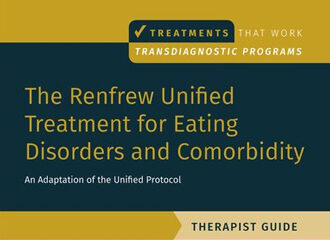Written by: Ally Sweeten
Published by: Giddy
A Closer Look at What’s Behind Eating Disorders
Eating disorders are a classification of psychiatric illnesses within the Diagnostic and Statistical Manual of Mental Disorders, Fifth Edition (DSM-5). They are characterized by highly distressing attitudes, beliefs and behaviors related to a person’s food intake, body shape and weight, according to Elizabeth Wassenaar, M.D.
Consequently, eating disorders have a negative impact on both physical and psychological health and are life-threatening if left untreated.
It is important to recognize that eating disorders are not a choice. They don’t develop suddenly or disappear overnight. Food is not the root of the problem; it’s the coping mechanism. As with drug use, food is a substance used to deal with underlying issues. This is why, in order to recover, nutritional rehabilitation is not enough.
“There’s a lot more driving this. People aren’t engaging the eating disorder necessarily because of the food on the plate,” explained Molly Perlman, M.D.
“It’s all these pieces: the trauma history, depression, sense of self-worth, relationships and more,” Perlman said.
Unfortunately, there is not one definitive cause for eating disorders.
“They stem from a complex interplay between multiple factors, including genetic, environmental, sociocultural and psychological,” Wassenaar said. “No one is immune to eating disorders. They do not discriminate, and they affect people of all ages, races, ethnicities, genders, shapes and sizes.”
The risk increases for people with a close family history of eating disorders, according to Henry Cheng, M.D., the regional medical director of The Renfrew Center of New York. Many patients have experienced varying forms of trauma, especially sexual trauma. Furthermore, people with jobs and extracurriculars related to physique, such as dancing and modeling, are at higher risk.
Click here to view the full article.



